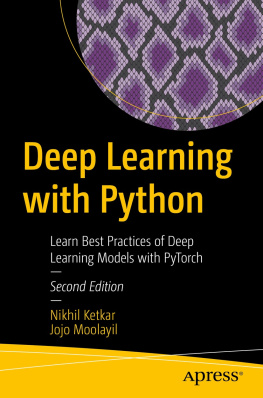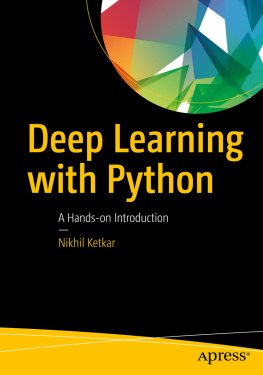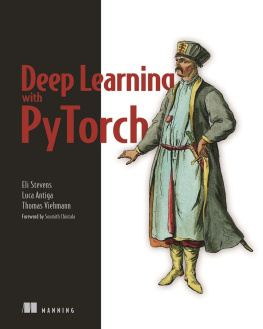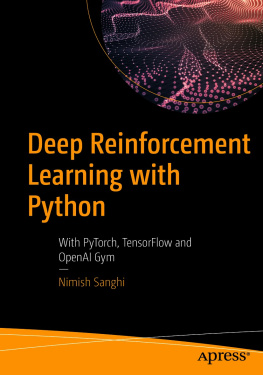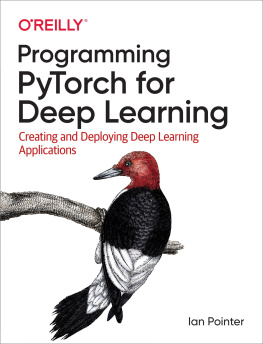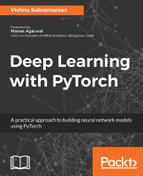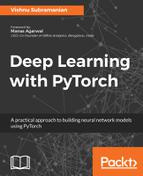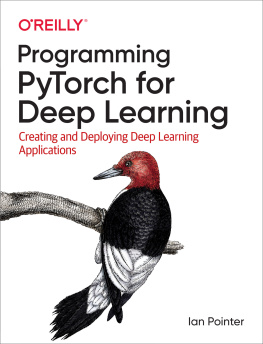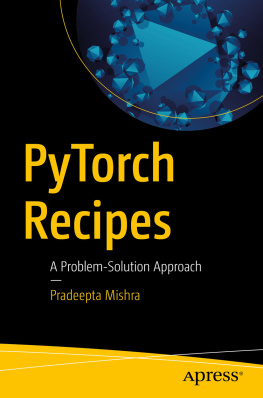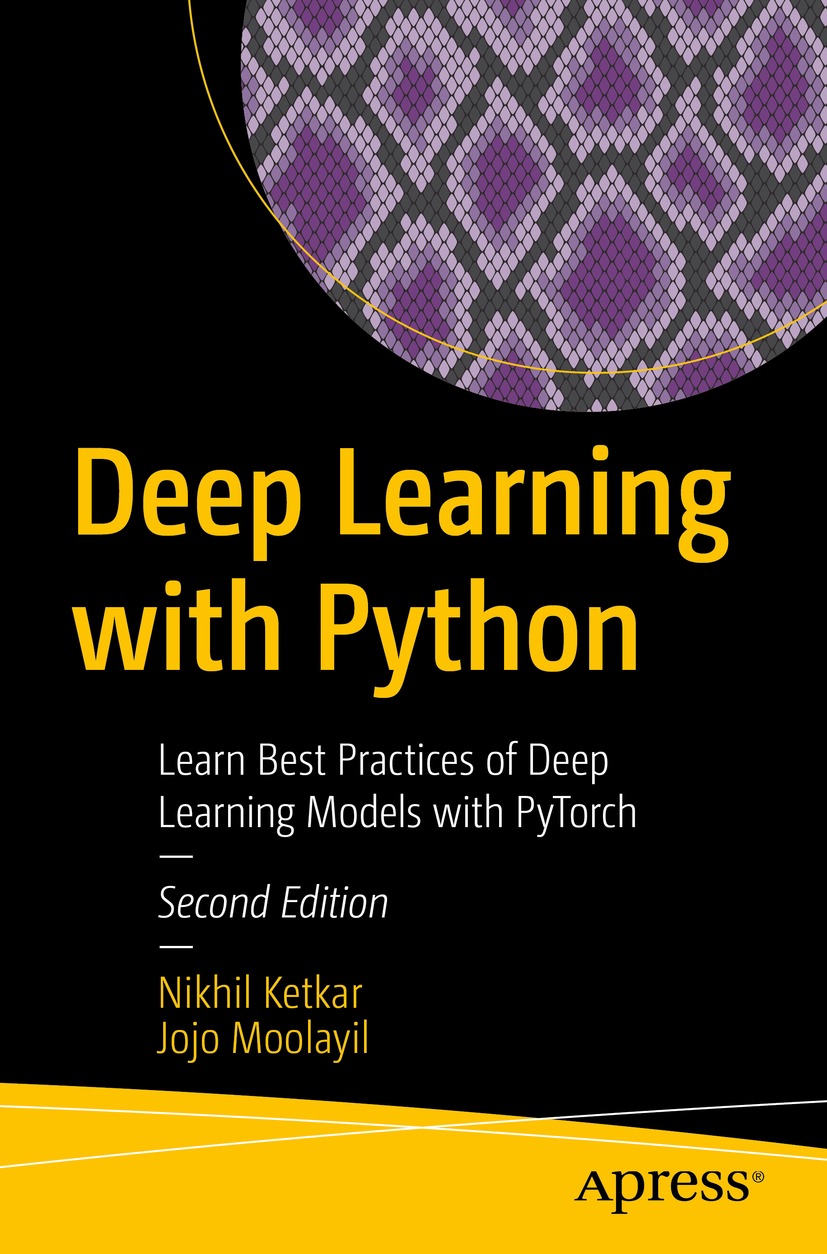Nikhil Ketkar - Deep Learning with Python: Learn Best Practices of Deep Learning Models with PyTorch
Here you can read online Nikhil Ketkar - Deep Learning with Python: Learn Best Practices of Deep Learning Models with PyTorch full text of the book (entire story) in english for free. Download pdf and epub, get meaning, cover and reviews about this ebook. year: 2021, publisher: Apress, genre: Computer. Description of the work, (preface) as well as reviews are available. Best literature library LitArk.com created for fans of good reading and offers a wide selection of genres:
Romance novel
Science fiction
Adventure
Detective
Science
History
Home and family
Prose
Art
Politics
Computer
Non-fiction
Religion
Business
Children
Humor
Choose a favorite category and find really read worthwhile books. Enjoy immersion in the world of imagination, feel the emotions of the characters or learn something new for yourself, make an fascinating discovery.
- Book:Deep Learning with Python: Learn Best Practices of Deep Learning Models with PyTorch
- Author:
- Publisher:Apress
- Genre:
- Year:2021
- Rating:4 / 5
- Favourites:Add to favourites
- Your mark:
Deep Learning with Python: Learn Best Practices of Deep Learning Models with PyTorch: summary, description and annotation
We offer to read an annotation, description, summary or preface (depends on what the author of the book "Deep Learning with Python: Learn Best Practices of Deep Learning Models with PyTorch" wrote himself). If you haven't found the necessary information about the book — write in the comments, we will try to find it.
Youll start with a perspective on how and why deep learning with PyTorch has emerged as an path-breaking framework with a set of tools and techniques to solve real-world problems. Next, the book will ground you with the mathematical fundamentals of linear algebra, vector calculus, probability and optimization. Having established this foundation, youll move on to key components and functionality of PyTorch including layers, loss functions and optimization algorithms.
Youll also gain an understanding of Graphical Processing Unit (GPU) based computation, which is essential for training deep learning models. All the key architectures in deep learning are covered, including feedforward networks, convolution neural networks, recurrent neural networks, long short-term memory networks, autoencoders and generative adversarial networks. Backed by a number of tricks of the trade for training and optimizing deep learning models, this edition of Deep Learning with Python explains the best practices in taking these models to production with PyTorch.
What Youll Learn
- Review machine learning fundamentals such as overfitting, underfitting, and regularization.
- Understand deep learning fundamentals such as feed-forward networks, convolution neural networks, recurrent neural networks, automatic differentiation, and stochastic gradient descent.
- Apply in-depth linear algebra with PyTorch
- Explore PyTorch fundamentals and its building blocks
- Work with tuning and optimizing models
Beginners with a working knowledge of Python who want to understand Deep Learning in a practical, hands-on manner.
Nikhil Ketkar: author's other books
Who wrote Deep Learning with Python: Learn Best Practices of Deep Learning Models with PyTorch? Find out the surname, the name of the author of the book and a list of all author's works by series.

